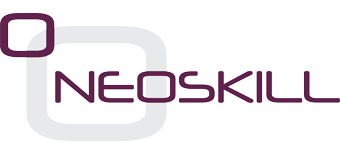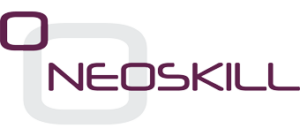Rethinking L&D: Quality over Quantity
In the Learning and Development (L&D) sector, a recurrent theme emerges – despite its size and significance, L&D often struggles with delivering meaningful returns and tackling critical issues.
The commonly discussed challenges revolve around employees’ disengagement with learning technologies, management of overwhelming content libraries, and the task of reshaping employees’ attitudes toward learning. However, recent insights suggest that these challenges might be symptomatic of how L&D is approached rather than inherent issues themselves.
One prevailing trend in L&D is the pursuit of large-scale solutions. The emphasis on reaching a large audience frequently results in generic content creation that employees find disconnected from their immediate needs. These “one-size-fits-all” approaches undermine the perception of learning technologies as valuable resources. Employees, when confronted with content that doesn’t resonate with their roles or aspirations, are less likely to engage actively. The consequence is a cycle where engagement remains low, and learning initiatives fail to deliver their intended impact.
Another obstacle stems from distributing extensive content suites without considering the specific requirements of individuals or their job roles. While it may seem like an effective strategy to offer a vast array of resources, it often backfires. Employees can become overwhelmed, unsure of where to begin, and ultimately unable to glean the knowledge they really need. This approach contributes to the perception that L&D initiatives are disjointed and fail to provide tangible benefits when put in the context of day-to-day work.
A paradigm shift in the L&D approach is warranted to conquer these challenges – “less is more, and context is everything”
This approach calls for a departure from generic content creation and content overload, favouring addressing employees’ genuine problems and how these challenges affect their performance and outcomes. By focusing on the specific pain points experienced by employees and aligning learning solutions with these challenges, L&D teams can create meaningful, custom learning experiences. Adopting a more selective and contextual mindset benefits L&D initiatives in several ways:
- It ensures that time, effort, and budgets are invested in initiatives that directly address identified limitations. This shift from quantity to quality not only enhances the impact of learning but also resonates better with employees, as they recognise the value of tailored content that relates to their roles and aspirations.
- This approach encourages engagement by enabling employees to see the immediate relevance of learning to their job responsibilities. Employees are more likely to engage with content that directly aids them in overcoming obstacles they face in their roles.
- A selective and context-driven approach to L&D cultivates a culture of continuous improvement. It encourages L&D teams to maintain an ongoing dialogue with employees, identifying evolving challenges and adapting learning solutions accordingly. This approach ensures that learning remains a dynamic and integral piece of the organisation’s growth strategy.
Challenges in L&D projects aren’t always rigid. They often relate to our approach. Instead of a “one-size-fits-all” method with abundant information, when L&D teams focus on specific issues and tailor learning to the situation, they can achieve better engagement, significance, and results. To succeed in learning and development, valuing quality over quantity is essential.
Elevate your L&D strategy, and shift the paradigm from quantity to quality. Prioritise context and customisation to engage your team effectively. Contact us today for more information.




